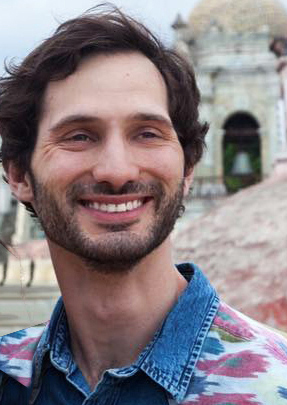Supervisor: Prof. Koen Steemers
Research overview:
Population growth and urbanisation pose immense demand for new constructions, arising over the same decades when radical transformations must be made in light of global climate change. Whereas producing mineral-based materials like cement and steel entails enormous greenhouse gas emissions, circular bio-based value chains convert these threats into impactful solutions. Yet a circular bioeconomy is more complex than a linear fossil economy. The ways biological resources are owned, distributed, managed, and processed also offer opportunities beyond decarbonisation. However, appropriate techniques for assessing their profound entanglements are lacking.
Social-ecological networks (SENs) are becoming increasingly useful models for analysing such systemic relationships. Still relevant applications remain scarce. To address this knowledge gap, it is necessary to integrate ethnographic methods with network analyses to elaborate diversely exemplary real-world value chains as SENs, for instance: building with earth in the American Southwest, engineered timber in Norway, and bamboo in Indonesia.
These studies exceed important though reductive environmental metrics to consider meaningful knock-on effects such as job creation, ecosystem stewardship, local identity promotion, and valuation of place-based knowledge. Put simply, SENs promise to support decision-makers with multidimensional answers to the fundamental question of which material systems for building should be favoured in a particular context.
Biography:
Michael Salka is a PhD in Architecture candidate, member of the Behaviour and Building Performance research group, and Gates Scholar.
His research interests include nature-based solutions/materials, social-ecological networks/value chains, circular bioeconomics, computer-aided design/manufacturing, living labs, place-based approaches, participatory processes, and immersive education.
Michael also serves as Director of the Institute for Advanced Architecture of Catalonia’s (IAAC) Valldaura Labs and Master in Advanced Ecological Buildings & BioCities (MAEBB).
Michael has professional experience as a net-zero architect in the USA and infrastructural development experience via Engineers Without Borders in Rwanda. He holds a MAEBB degree from IAAC and a BEnvD from the University of Colorado at Boulder.

